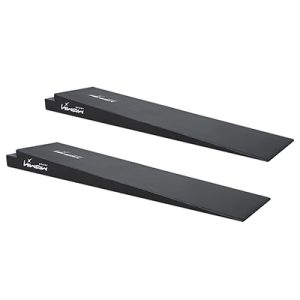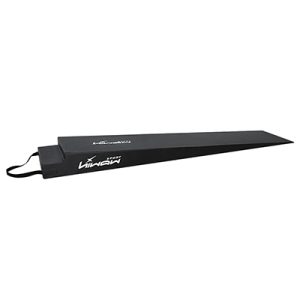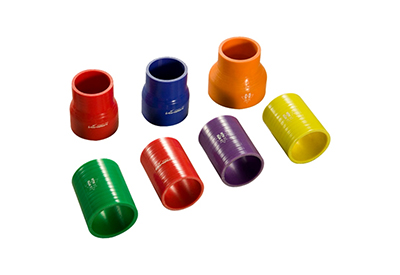To ensure the car drives smoothly up the car ramp, proper positioning is critical for both the car ramp and the vehicle. Here’s a step-by-step guide for safe and effective positioning:
1. Select a Flat, Stable Surface
- Choose a level surface for setting up the car ramps. This ensures stability and prevents the car from rolling backward or shifting sideways while driving up the car ramps.

2. Align the Car Ramps with the Tires
- Place the car ramps directly in front of the front tires (or rear tires if lifting the rear) and ensure they are aligned with the center of each tire. The ramps should be perfectly straight to avoid the vehicle slipping or sliding off.
- Measure the width between the car ramps to match the distance between your car’s tires to avoid any misalignment.
3. Check Car Ramp Stability
- Ensure the car ramps are securely placed and will not slide as the car begins to climb. Some car ramps come with non-slip bottoms; if yours don’t, consider placing a non-slip mat underneath them.
4. Drive Straight onto the Car Ramps
- Sit in the driver’s seat and make sure you are facing the car ramps head-on. Slowly approach the ramps at a very low speed.
- Go straight and steady—avoid any sudden acceleration or jerky movements. Stay centered on the car ramps at all times.

5. Use a Spotter if Possible
- It’s helpful to have someone guide you from outside the car to ensure you’re aligned correctly as you drive up the ramps. They can help signal when you’re at the right position on the car ramp.
6. Watch for Car Ramp Markers
- Many car ramps have a built-in stop at the top. When you reach this point, stop immediately to avoid driving off the ramp.
7. Apply the Parking Brake
- Once the vehicle is fully on the car ramps, shift into park (or first gear if using a manual transmission), and apply the parking brake to prevent rolling.

8. Use Wheel Chocks for Extra Security
- Place wheel chocks behind the rear tires (or front tires if lifting the rear) to ensure that the car remains stable and doesn’t roll off the car ramps.
By following these steps, you will ensure the car drives smoothly and safely up the car ramp. We are the first factory in China to produce this type of product. We can produce according to any size of yours, and we can OEM for you. If you have any information about this market, please remember to welcome us to communicate.

















